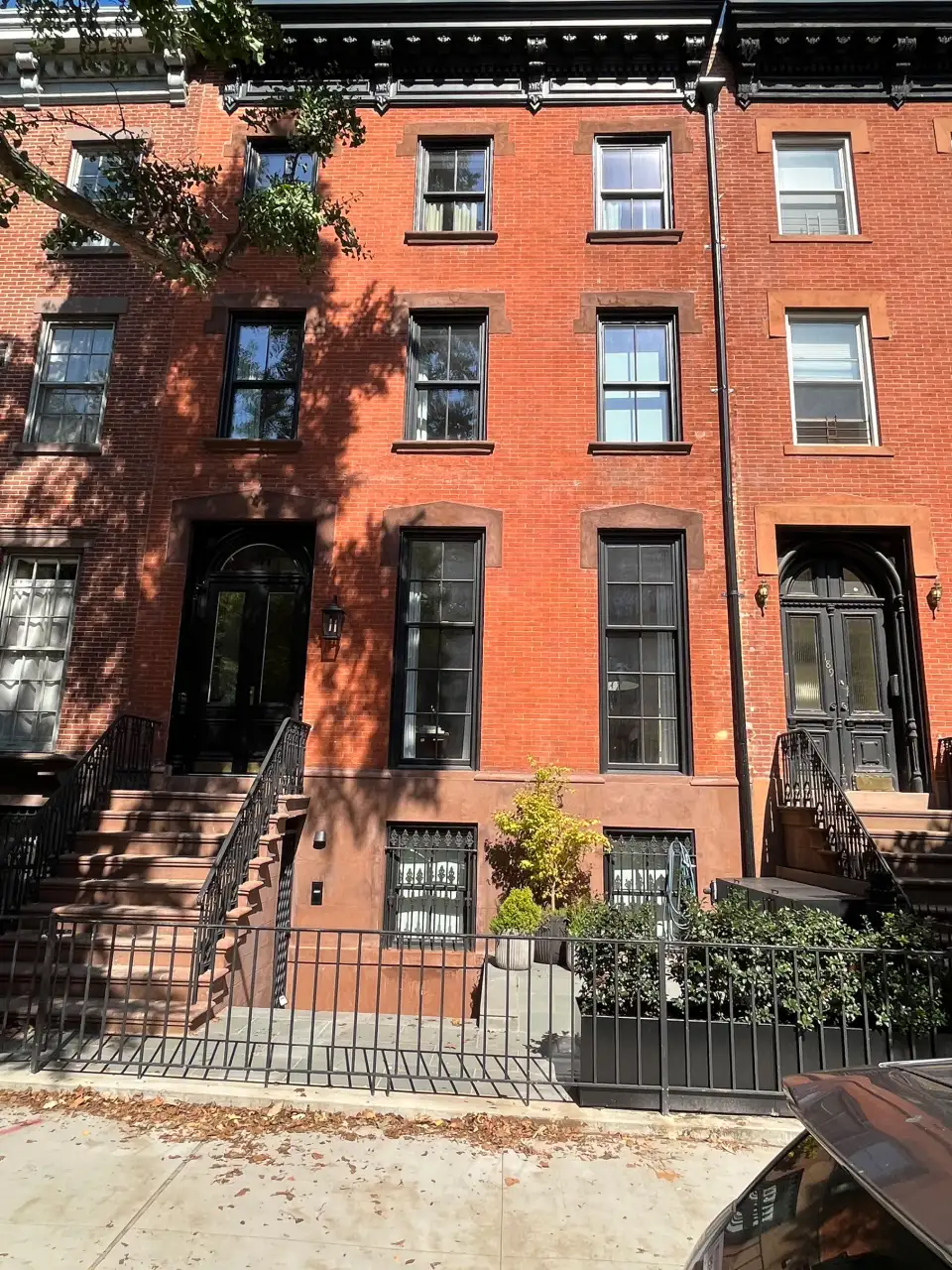
Investing in a building retrofit makes both financial and climate sense. Beyond reducing operational carbon emissions through improved performance, retrofits also increase resale values, lower utility bills, and improve buildings’ durability. Moreover, these upgrades can be performed either all at once or incrementally, making the process more flexible for people with different budgetary or time restraints.
For owners of historic buildings, the process can be more nuanced. As important as retrofitting these older buildings may be, it has to be balanced with efforts to preserve historical design elements, particularly in buildings that are central to the preservation of our heritage. When the repair or restoration of individual components is not an option, replacements must be fabricated in such a way that preserves the historic character of the original.

Perhaps no other component has to struggle with this kind of balancing act more than windows. As timeless and elegant as original windows may be, their performance leaves a lot to be desired, especially when elements within the window assemblies begin to reach the end of their lifecycles. Without refurbishment, older windows tend to be leaky, which can drive up energy bills, create cold spots, and allow more street noise to seep into the home. This latter issue can be overwhelming if the building is situated on a commercial artery—particularly on the ground floor. On account of their poor performance, older windows typically need to be replaced when performing a deep energy retrofit. The full benefits of high-performance building and Passive House design remain off-limits without this critical component.
Replacing older windows can be difficult from a preservation standpoint, since windows are central to the character of a building and total fidelity to the original windows’ dimensions, profiles, and finishes may be extremely difficult, if not impossible. While the options for high-performance and triple-pane historic windows have been growing for years, most operable models are either casement or tilt-turn. Those in the market for a single-hung, high-performance window simply had to adapt.
Until now.
Austrian window manufacturer BEWISO, already known for their two simulated double hung window models (ANNE and VICTORIA), has recently released GEORGE. BEWISO’s GEORGE model is unique to the market in that it not only offers a level of acoustic and thermal performance capable of meeting Passive House standards; it is also a triple-pane, single hung window that follows the lines of historic windows, particularly in the Anglo-American style. The framing is made of sustainably harvested wood. While pine is standard, larch, oak, and dark red meranti are also available.


The performance measurements of the GEORGE are truly impressive for a single-hung window. It can withstand a maximum wind pressure of approximately 170 mph and is made with soundproof glass that offers a noise reduction factor of up to 42dB. The glazing on a standard model GEORGE is triple-pane float glass that is insulated by barriers of argon gas, allowing the model to achieve a Ug-value of 0.6 of 0.6 W/m2K (0.106 BUT/ft2F). Solar heat gain coefficient values can be modified with films or coatings, though the standard for the GEORGE is 0.54. Standard sizing is shown in Figure 1 [the detailing of the window].
One of the most interesting elements of the GEORGE model is how it manages to be a single-hung window with such a high level of performance. The secret is its ratcheting locking mechanism. When locked, the window is airtight. If one wants to open the window, a simple ratcheting of the locking mechanism moves the bottom sash out just 6 mm, which allows it to easily slide up into the open position. The same ratcheting of the locking mechanism reseals the window.
While historic preservation projects typically compromise on performance to maintain aesthetics, BEWISO’s GEORGE model shows that this trade-off is no longer necessary. The GEORGE combines the traditional character of historic windows with 21st century engineering to make a single-hung window that is graceful, timeless, and exceptional.

